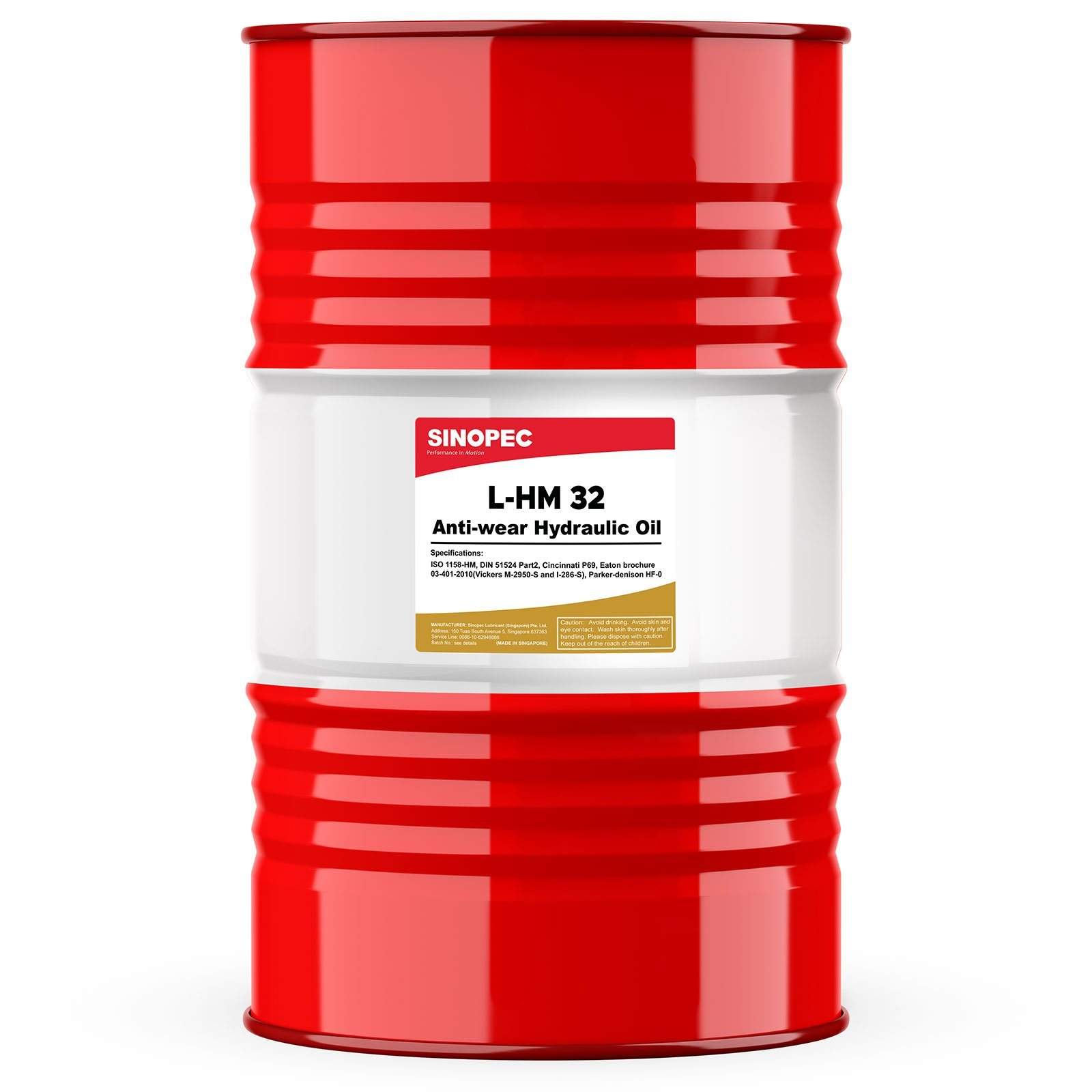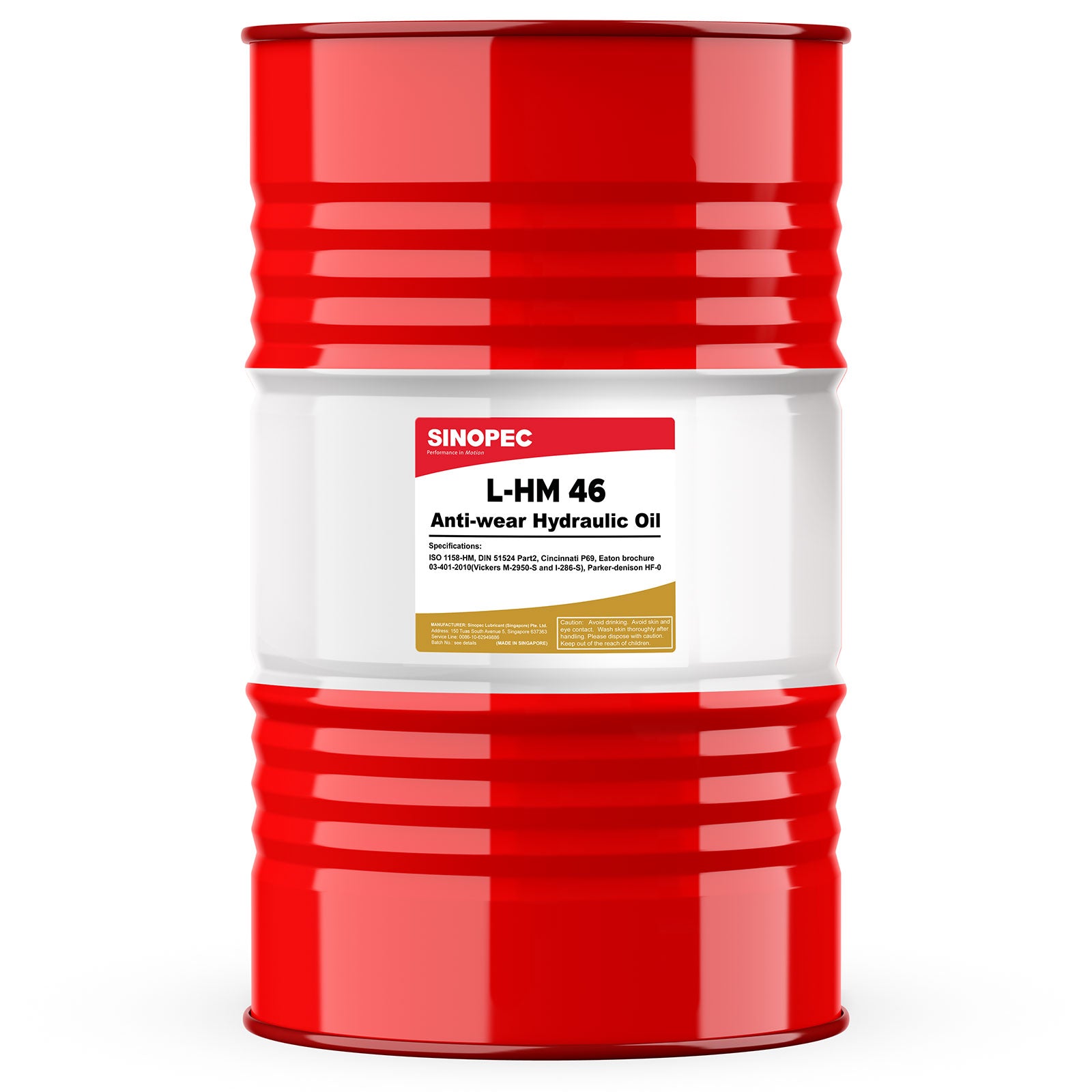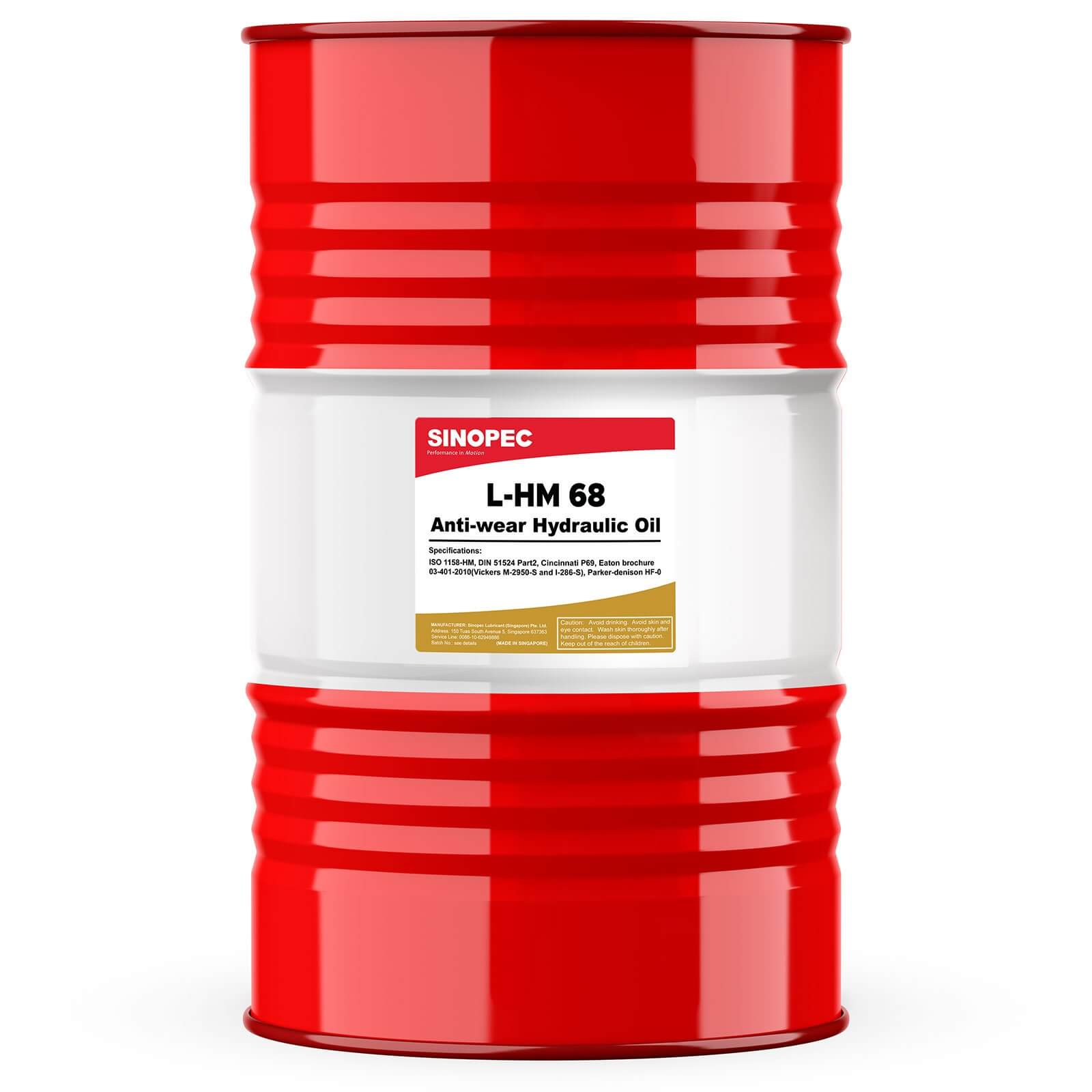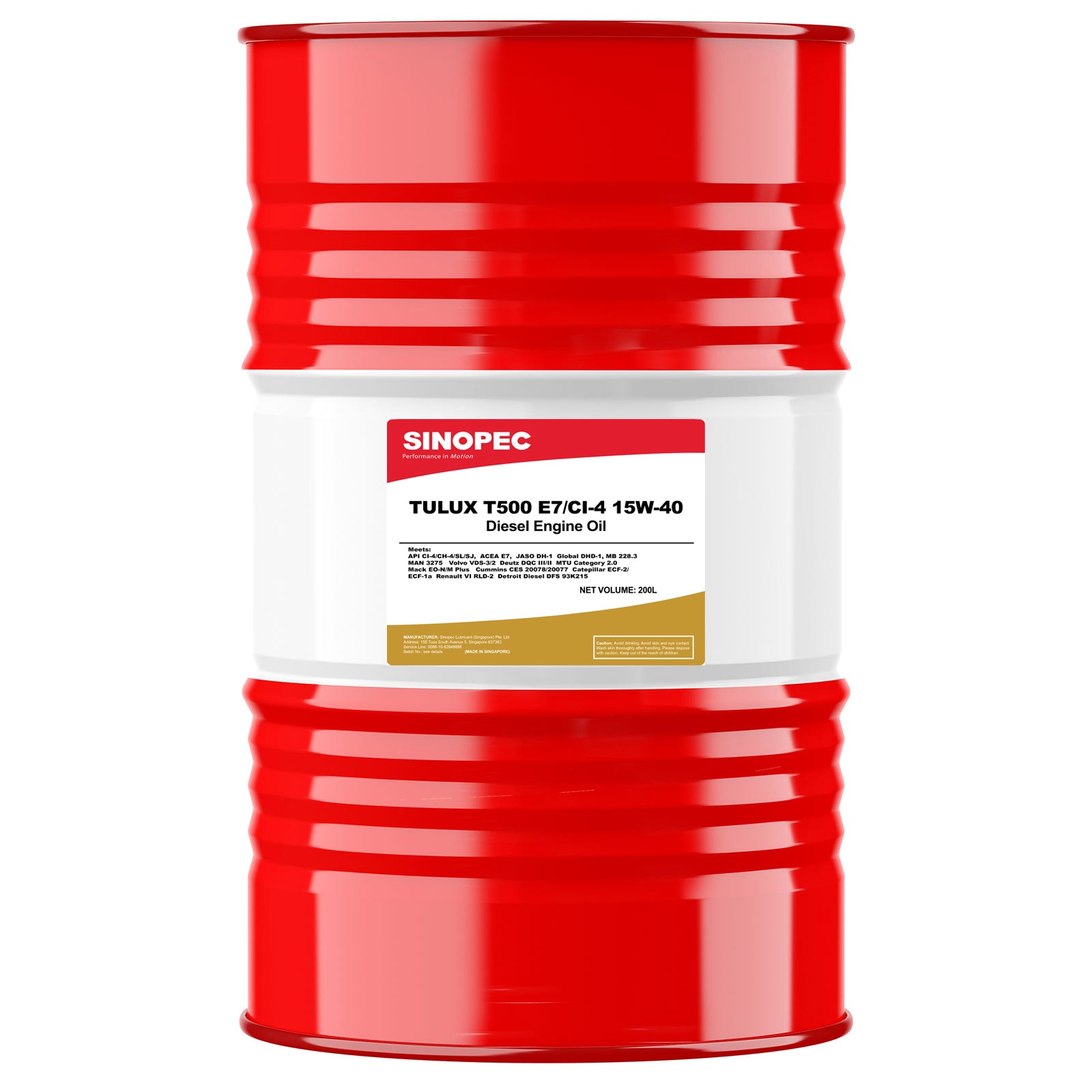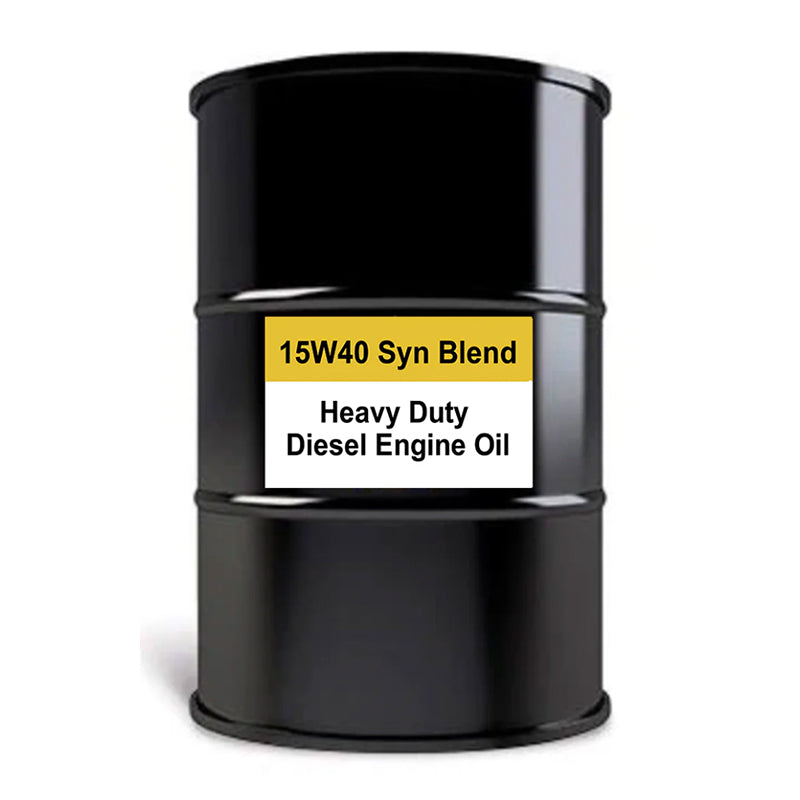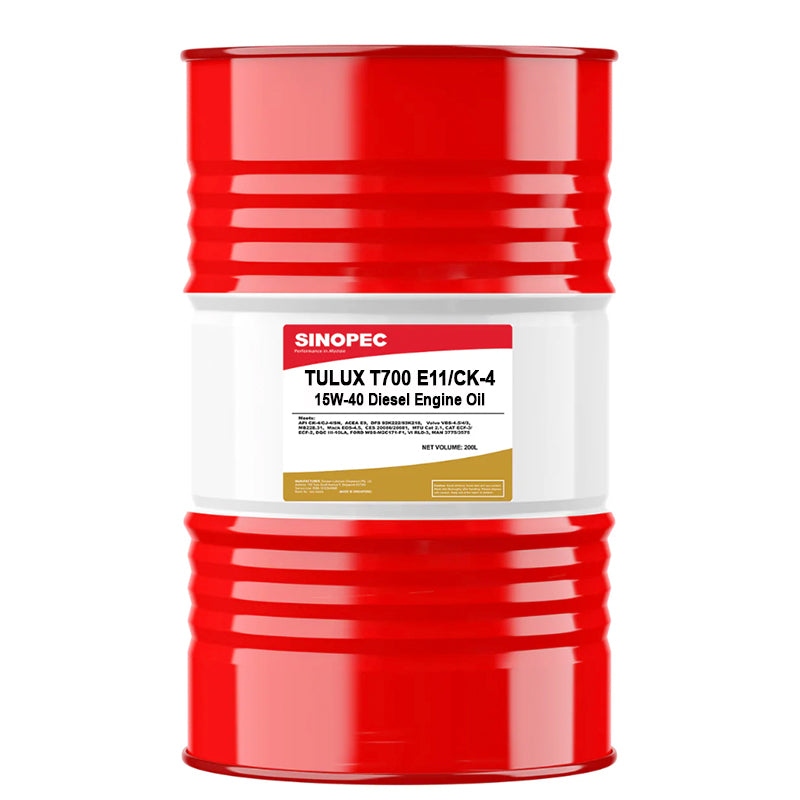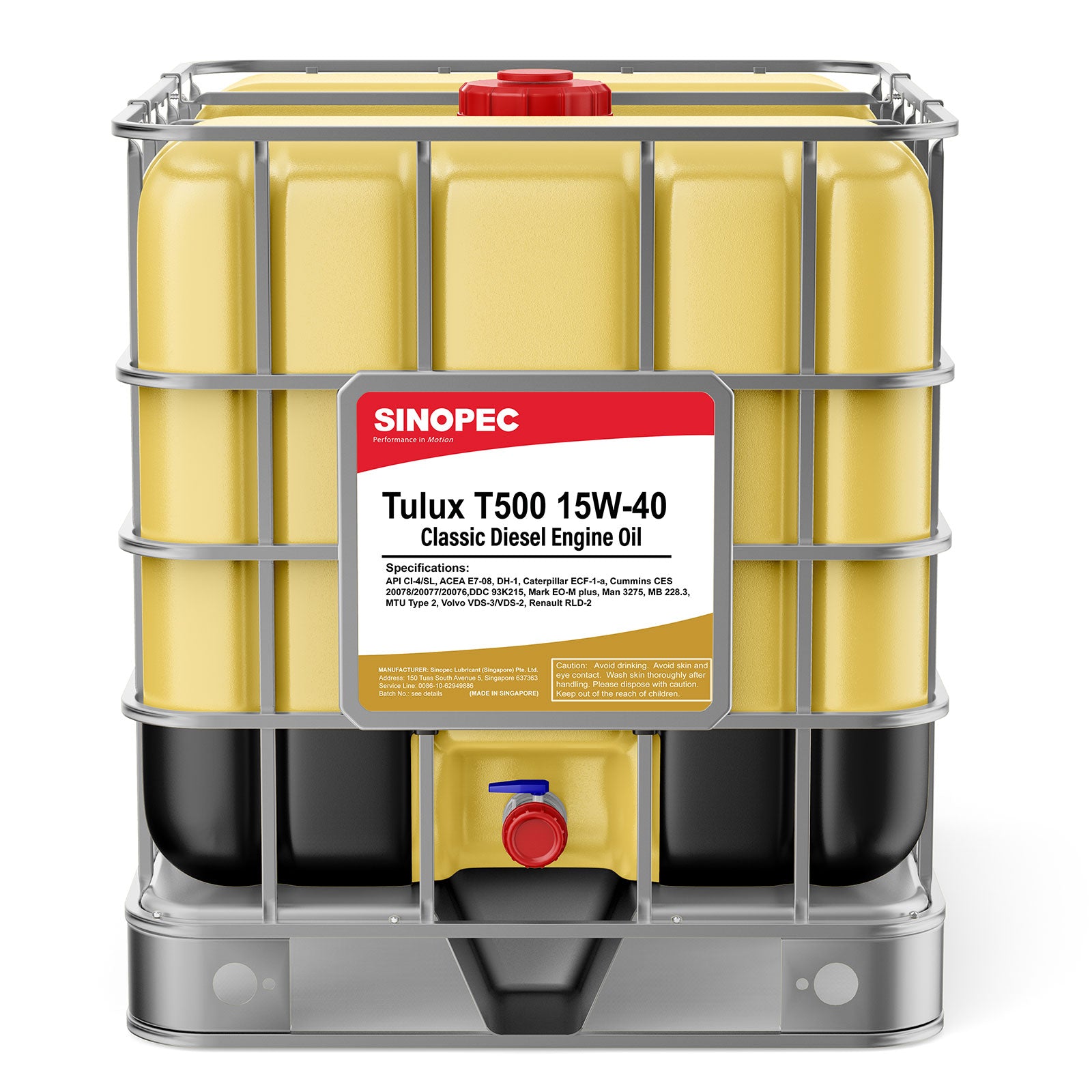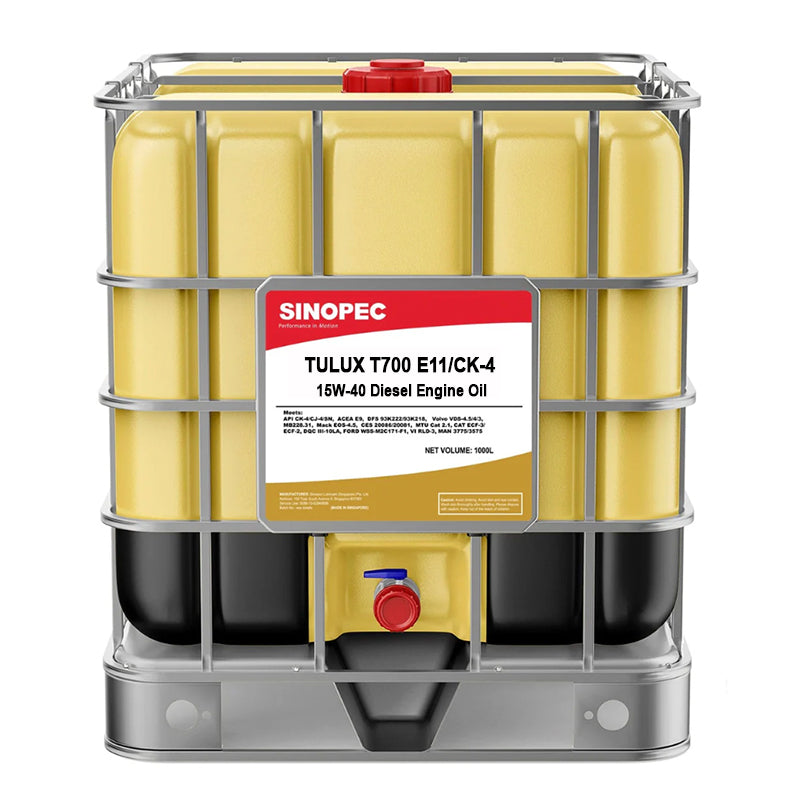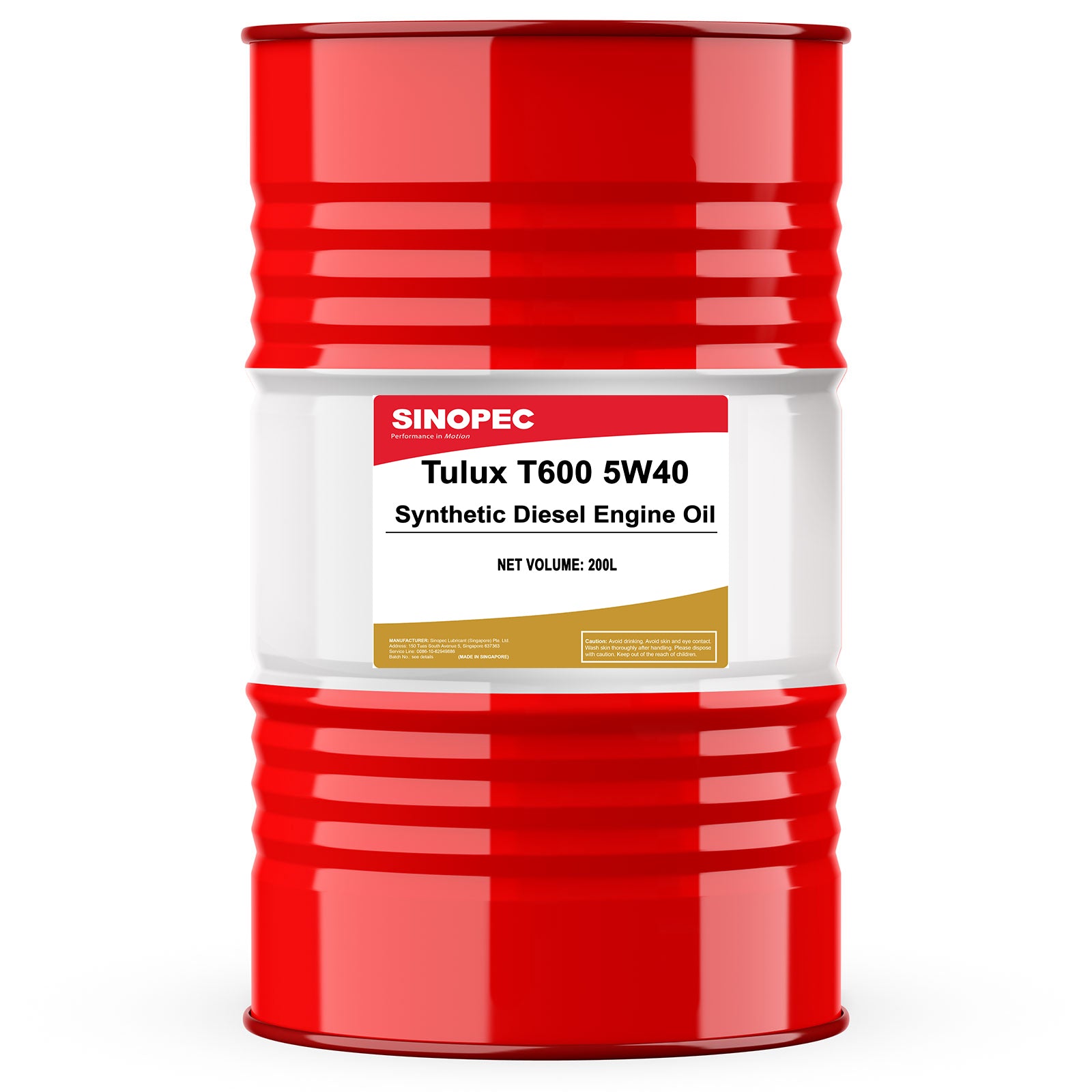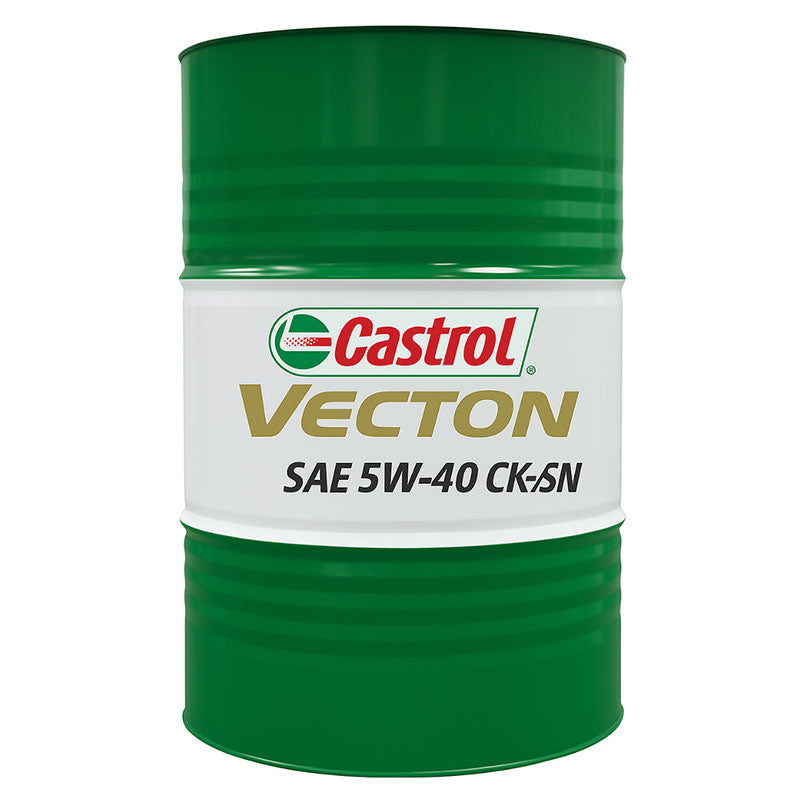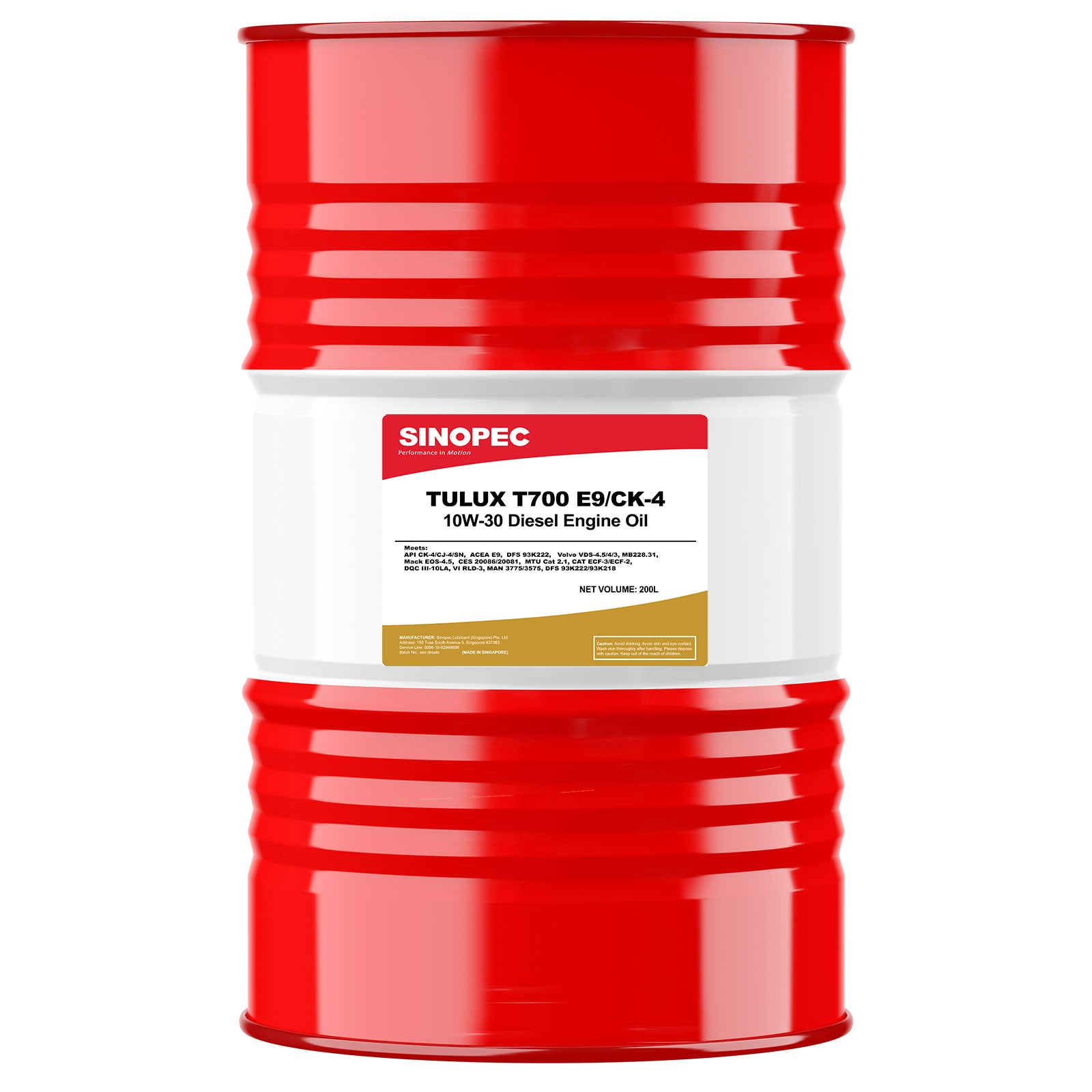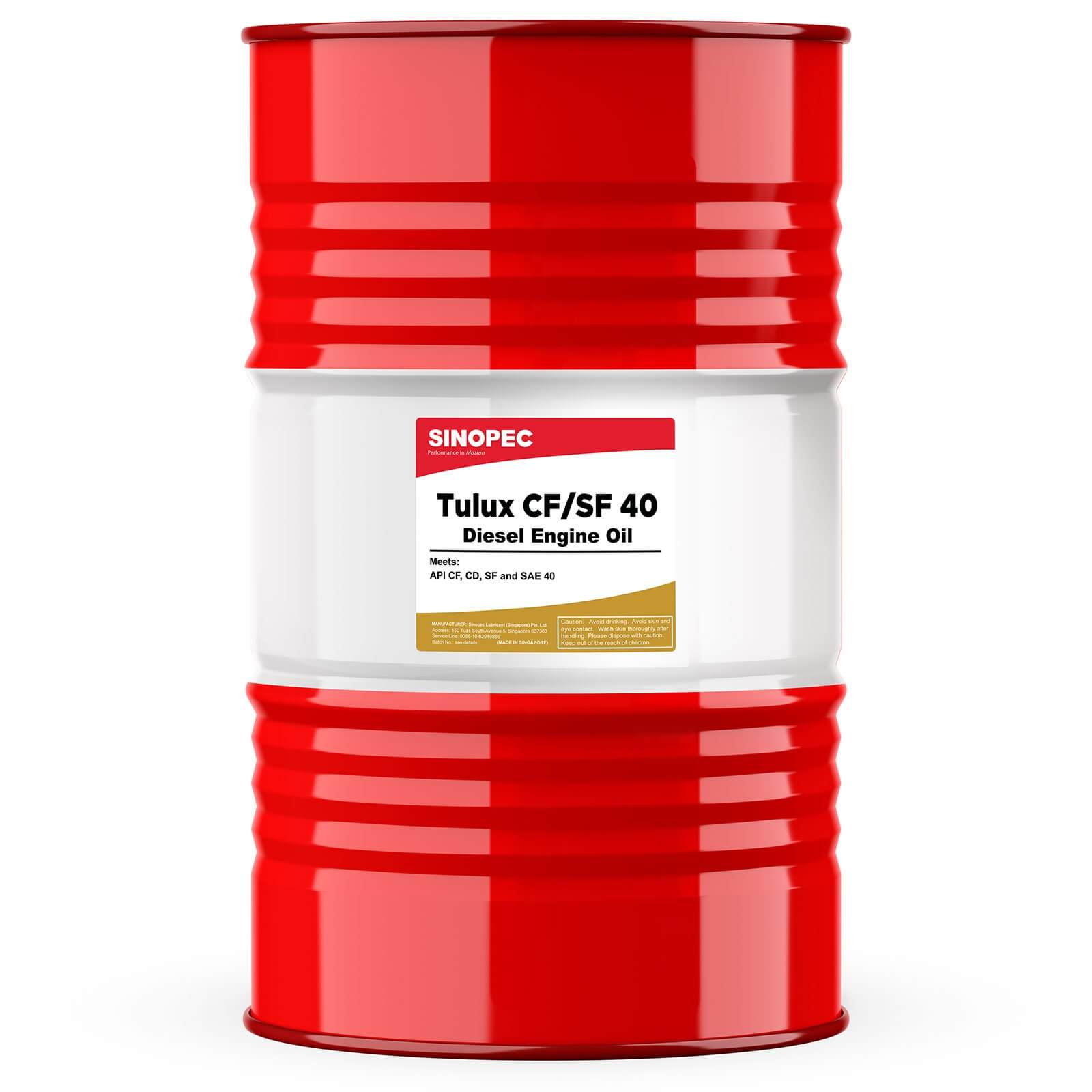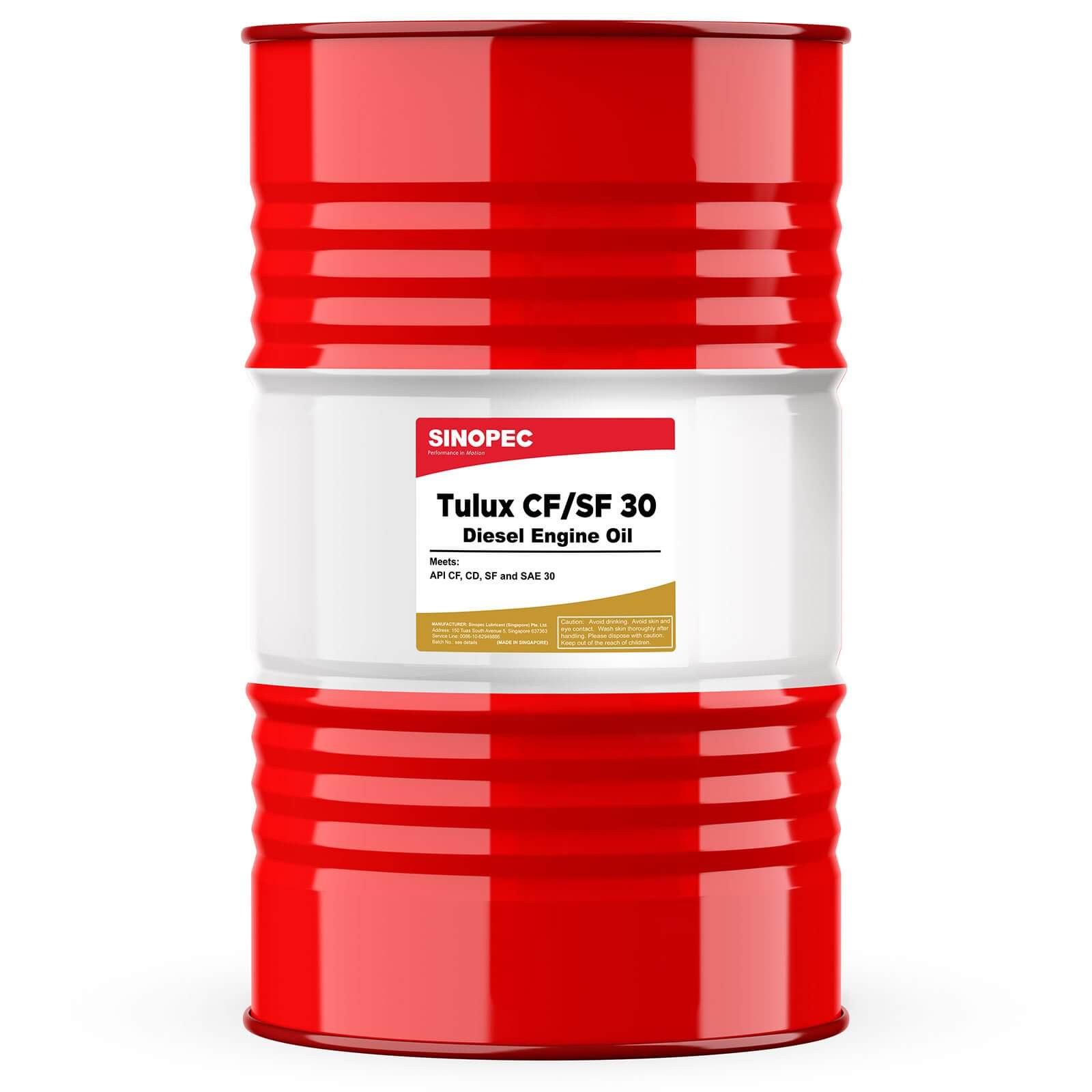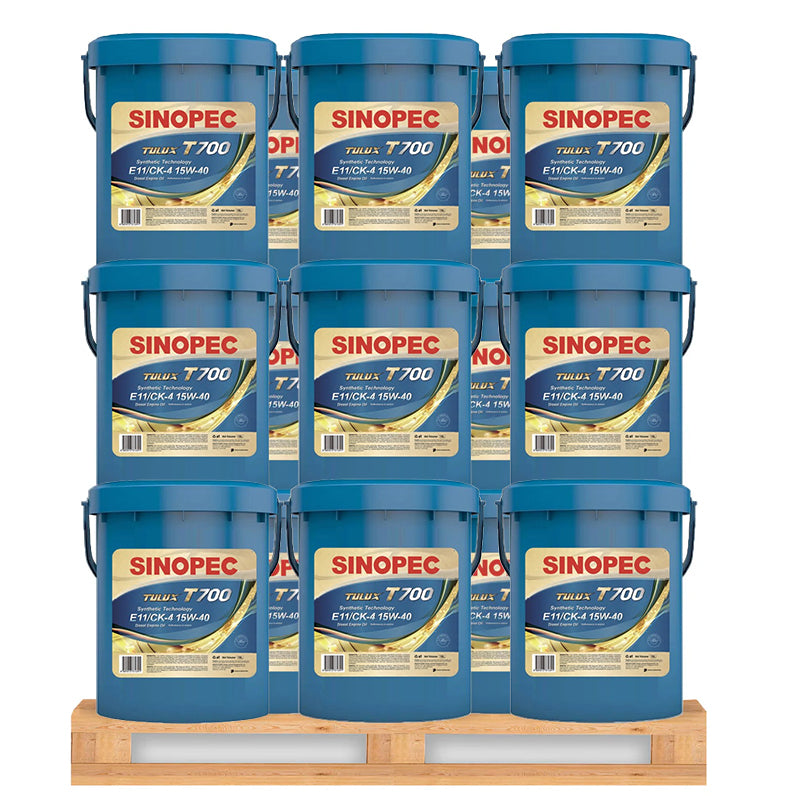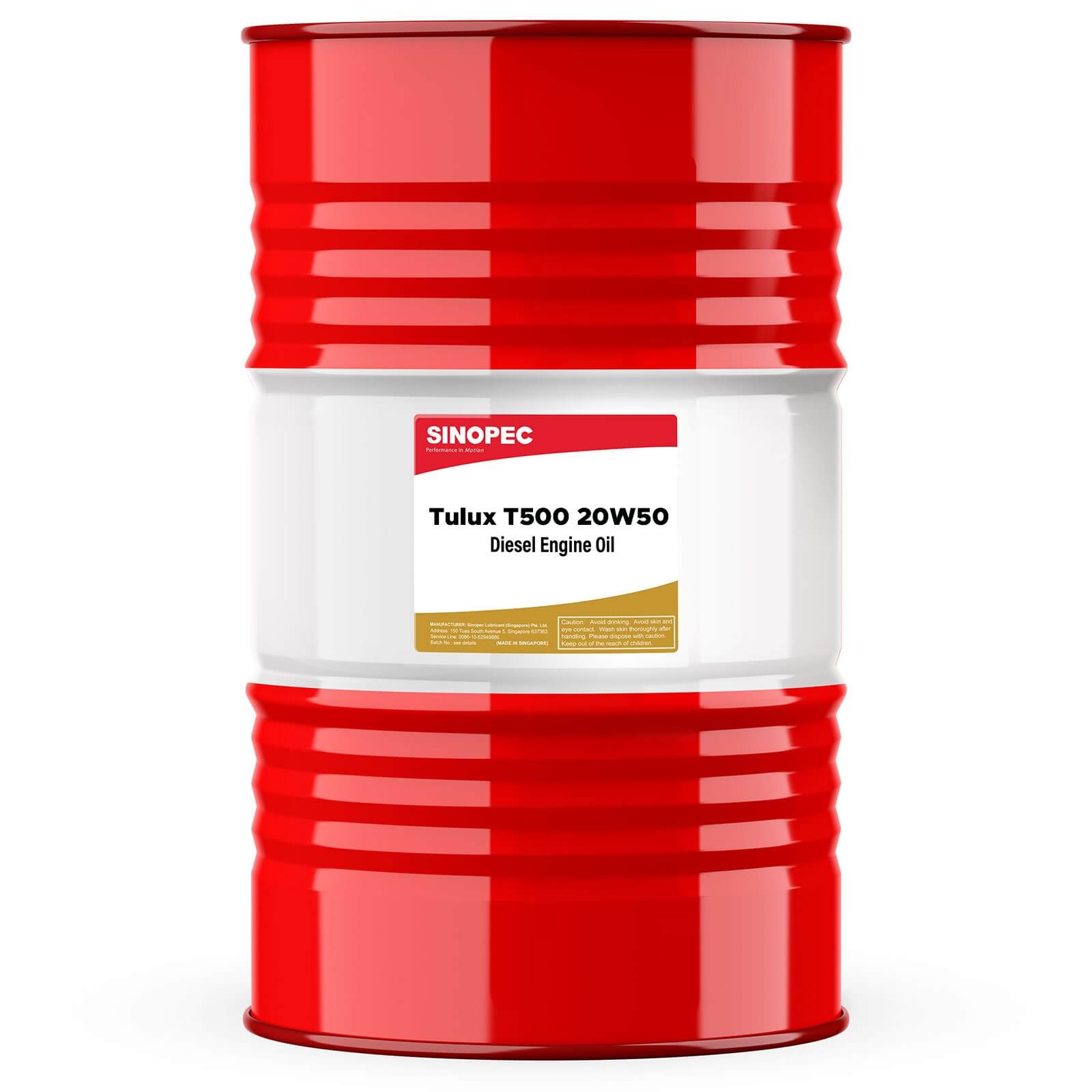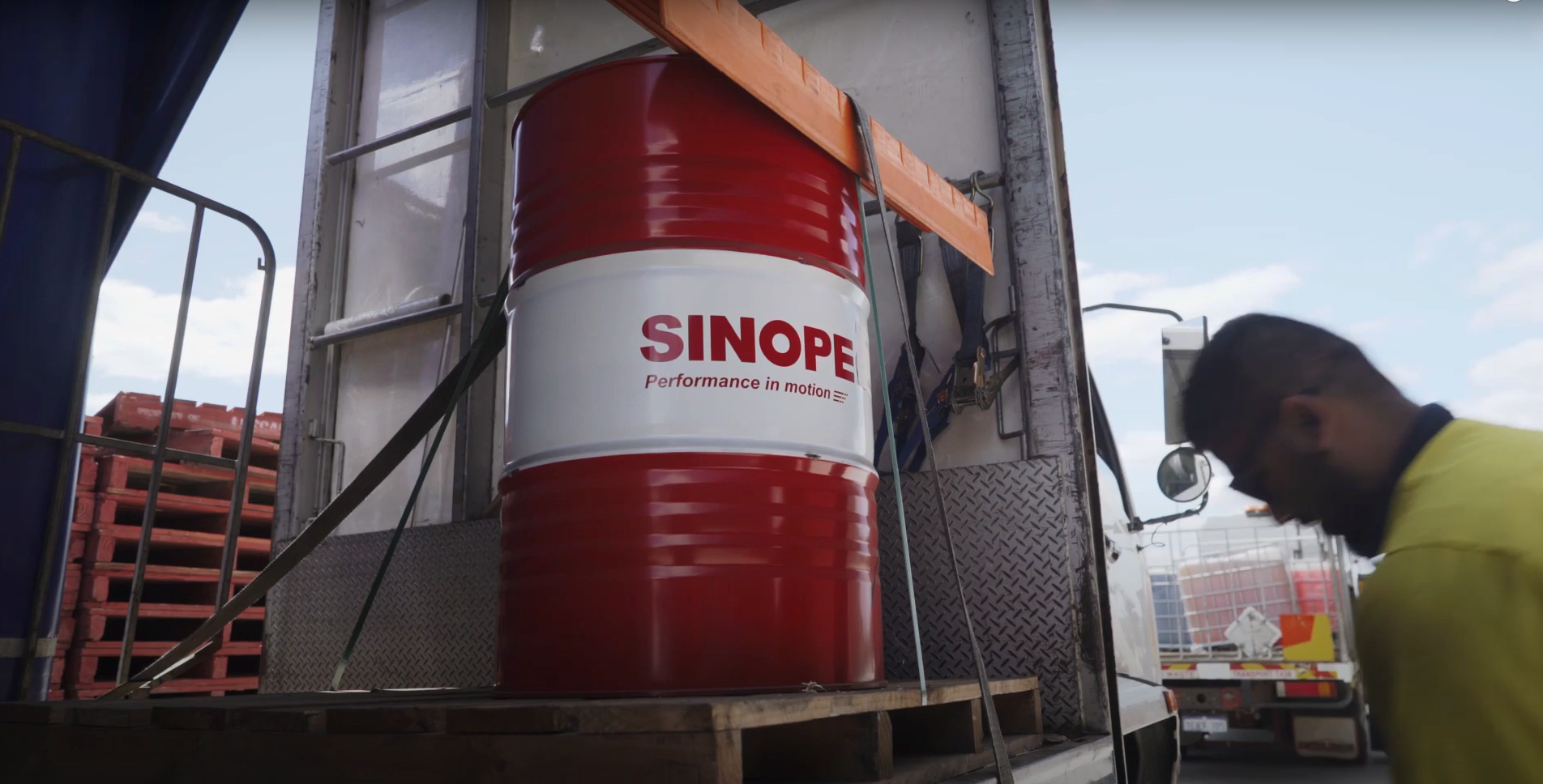Waukesha gas engines are widely recognized for their reliability, efficiency, and ability to perform in demanding applications such as power generation, gas compression, and more. However, these engines operate under unique conditions that require specialized lubrication to maintain peak performance and longevity. In this blog, we’ll explore why Waukesha gas engines need special lubrication, the challenges they face, and how to choose the right oil to keep them running smoothly.
Why Waukesha Gas Engines Require Special Lubrication?
Waukesha gas engines are designed to handle high loads, extended run times, and extreme operating temperatures. These conditions create specific challenges that standard oils cannot address effectively. Here’s why special lubrication is essential:
1. High Operating Temperatures
-
Gas engines, especially those running on natural gas, operate at higher temperatures compared to diesel engines. This increases the risk of oil oxidation and thermal breakdown.
-
Specialized oils are formulated to withstand these high temperatures, ensuring consistent lubrication and protection.
2. Combustion By-Products
-
Natural gas combustion produces by-products like water vapor, acids, and unburned fuel, which can contaminate the oil.
-
Special oils contain additives that neutralize acids and disperse contaminants, preventing sludge and deposit formation.
3. Low Ash Requirements
-
Waukesha gas engines require low ash oils (typically with a sulfated ash content of less than 0.5%). High ash oils can lead to harmful deposits on valves, pistons, and spark plugs, reducing engine efficiency and increasing maintenance costs.
-
Low ash oils are specifically designed to minimize deposit formation, ensuring cleaner engine operation.
4. Extended Oil Drain Intervals
-
Many Waukesha gas engines operate continuously, making frequent oil changes impractical. Specialized oils are formulated for extended drain intervals, reducing downtime and maintenance costs.
5. Unique Wear Patterns
-
Gas engines experience different wear patterns compared to diesel engines, particularly in areas like valve seats and piston rings. Special oils contain anti-wear additives tailored to these specific needs.
Key Challenges in Lubricating Waukesha Gas Engines
Understanding the challenges helps in selecting the right oil. Here are the primary issues:
-
Oxidation and Thermal Breakdown
-
High operating temperatures can cause oil to oxidize, leading to sludge and varnish buildup.
-
Special oils with anti-oxidant additives resist thermal breakdown, maintaining their protective properties.
-
-
Acid Formation
-
Combustion by-products can form acids that corrode engine components.
-
Oils with high Total Base Number (TBN) neutralize acids, protecting the engine.
-
-
Deposit Formation
-
High ash oils can leave deposits on critical engine parts, reducing efficiency and increasing wear.
-
Low ash oils prevent deposit buildup, ensuring smoother operation.
-
-
Contaminant Control
-
Water, soot, and fuel dilution can contaminate the oil, reducing its effectiveness.
-
Special oils contain detergents and dispersants to manage contaminants and keep the engine clean.
-
How to Choose the Right Oil for Waukesha Gas Engines?
Selecting the right oil is critical for optimal engine performance. Here’s what to look for:
1. Low Ash Formulation
-
Choose oils with a sulfated ash content of less than 0.5% to prevent deposit formation and ensure cleaner engine operation.
2. SAE 40 Viscosity
-
Waukesha gas engines typically require SAE 40 viscosity oils, which provide excellent lubrication across a wide temperature range.
3. High TBN (Total Base Number)
-
A high TBN (typically above 6) ensures the oil can neutralize acids and extend oil life.
4. Advanced Additives
-
Look for oils with anti-wear, anti-oxidant, and detergent additives to protect against wear, oxidation, and contamination.
5. OEM Approvals
-
Ensure the oil meets Waukesha’s specifications and is approved for use in their gas engines.
6. Synthetic or High-Quality Mineral Base Oils
-
Synthetic or high-quality mineral base oils offer better thermal stability, oxidation resistance, and overall performance.
Why Natural Gas Low Ash SAE 40 Engine Oil is the Ideal Choice?
For Waukesha gas engines, Natural Gas Low Ash SAE 40 Engine Oil is the perfect solution. Here’s why:
-
Low Ash Content: Prevents deposit formation, ensuring cleaner engine operation and reduced maintenance.
-
SAE 40 Viscosity: Provides optimal lubrication across a wide temperature range.
-
High TBN: Neutralizes acids and extends oil life, even under continuous operation.
-
Advanced Additives: Protects against wear, oxidation, and contamination.
-
OEM Compatibility: Meets Waukesha’s specifications for natural gas engines.
The Consequences of Using the Wrong Oil
Using oil that doesn’t meet Waukesha’s requirements can lead to:
-
Increased Wear: Poor lubrication accelerates wear on engine components.
-
Deposit Buildup: High ash oils leave harmful deposits, reducing efficiency and increasing maintenance costs.
-
Oil Breakdown: Incompatible oils oxidize faster, requiring more frequent changes.
-
Voided Warranty: Using non-approved oils may void your engine’s warranty.
Waukesha gas engines are built to perform under demanding conditions, but they require specialized lubrication to maintain their efficiency and longevity. By understanding the unique challenges these engines face and choosing the right oil—like Natural Gas Low Ash SAE 40 Engine Oil—you can ensure optimal performance, reduce maintenance costs, and extend engine life.



